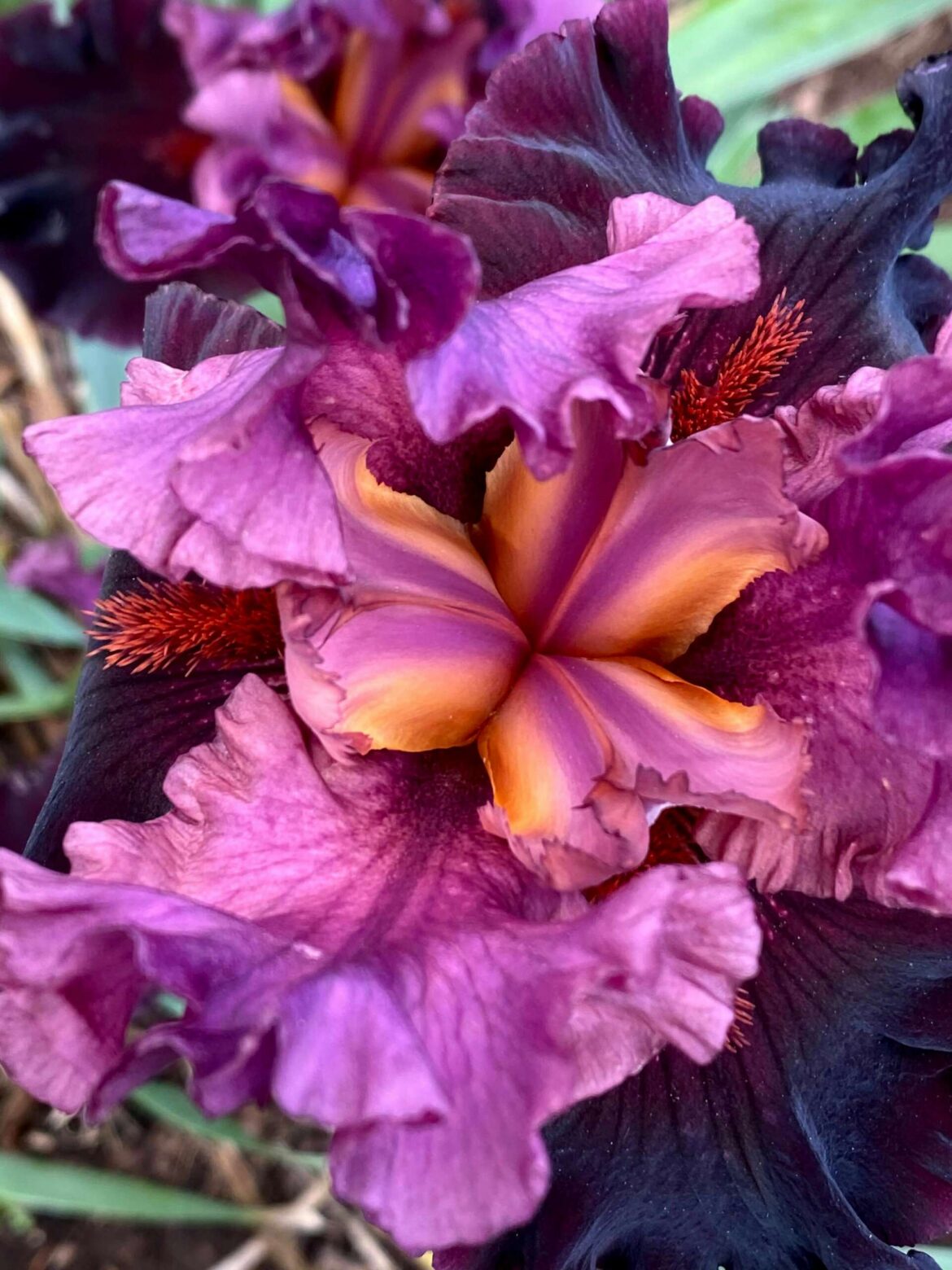An Introduction to Bearded Iris
Bearded iris are stunning, hardy perennials that make an excellent addition to any garden. Known for their vibrant blooms, they typically flower in late spring, making them a delightful sight after the earlier blooming tulips and daffodils. The term ‘bearded’ refers to the fuzzy strands that line the lower part of their petals, giving them a unique appearance.
Growing Conditions for Bearded Iris
To achieve the best growth, plant your bearded irises in medium moisture, well-drained soil and ensure they receive ample sunlight. These flowers thrive in full sun, making a sunny spot in your garden ideal. When planting, you have the option of using pre-potted irises in late spring or planting dry roots in late summer. Regardless of which method you choose, their resilience and ease of care are standout features.
The Cultural Significance of Iris
Beyond their beauty and horticultural requirements, bearded irises hold significant meanings in various cultures. Often symbolizing faith, hope, and wisdom, these flowers carry both aesthetic and sentimental value. Their vibrant colors and unique shapes can convey personal messages, making them a popular choice for gardens around the world. Whether you’re an experienced gardener or a novice, consider adding bearded irises to your landscape for a touch of timeless elegance.

